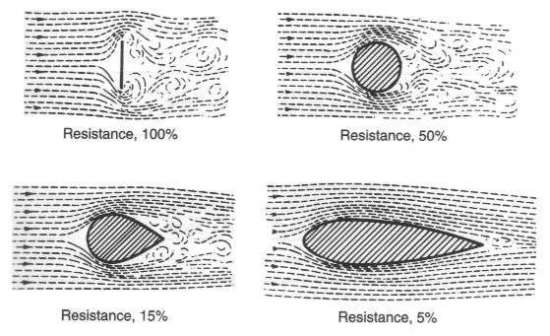The science of stream lining goes back to the 1900, when engineer and scientists where struggled with the understanding of how a body, ship and plane could move through air and water, they knew if the understood how they could move through these elements they could make ships aircrafts and car move faster and more efficiently. Through long research they came out with the science of streamlining.
Around the 1930's there was a world economic resection, employment was high and manufactures where having difficulty selling their products.
American designers look at ever day products and applied the streamline design onto them these designers are called provoke designers, these designs lead to the designs on items we find in today’s market
Jarrod
Lim Design Ply wood and stainless steel, winner of the Singapore furniture
design award
In this contemporary
design we can see a sense of floe a natural
curve given to the chair , by bending wood to form a shape, the bench seem to
be comfortable and functional, the form of the furniture is pleasing to the eye
and uses streamlining as a style inspiration
When Art Deco is really Streamline Moderne, and what it meant for 1930s auto design | Hemmings Daily. 2015. When Art Deco is really Streamline Moderne, and what it meant for 1930s auto design | Hemmings Daily. [ONLINE] Available at: http://blog.hemmings.com/index.php/2014/05/29/1930s-auto-design-art-deco-and-streamline-moderne/. [Accessed 28 January 2015].
The
streamlining influence that began to appear in car styling in the
early-mid 1930s – those cues that we generally characterize as Art Deco –
was actually Streamline Moderne. Representing this aerodynamic
efficiency and speed in design form were Streamline Moderne’s smoothly
curved aesthetics, spare, horizontal “speed lines” and careful symmetry.
Grilles and windshields leaned back, fenders were crowned and valanced,
and cars sat lower over wider, smaller-diameter wheels and balloon
tires. - See more at:
http://blog.hemmings.com/index.php/2014/05/29/1930s-auto-design-art-deco-and-streamline-moderne/#sthash.pOlXGObR.dpuf
The
streamlining influence that began to appear in car styling in the
early-mid 1930s – those cues that we generally characterize as Art Deco –
was actually Streamline Moderne. Representing this aerodynamic
efficiency and speed in design form were Streamline Moderne’s smoothly
curved aesthetics, spare, horizontal “speed lines” and careful symmetry.
Grilles and windshields leaned back, fenders were crowned and valanced,
and cars sat lower over wider, smaller-diameter wheels and balloon
tires. - See more at:
http://blog.hemmings.com/index.php/2014/05/29/1930s-auto-design-art-deco-and-streamline-moderne/#sthash.pOlXGObR.dpuf
The
streamlining influence that began to appear in car styling in the
early-mid 1930s – those cues that we generally characterize as Art Deco –
was actually Streamline Moderne. Representing this aerodynamic
efficiency and speed in design form were Streamline Moderne’s smoothly
curved aesthetics, spare, horizontal “speed lines” and careful symmetry.
Grilles and windshields leaned back, fenders were crowned and valanced,
and cars sat lower over wider, smaller-diameter wheels and balloon
tires. - See more at:
http://blog.hemmings.com/index.php/2014/05/29/1930s-auto-design-art-deco-and-streamline-moderne/#sthash.pOlXGObR.dpuf
The
streamlining influence that began to appear in car styling in the
early-mid 1930s – those cues that we generally characterize as Art Deco –
was actually Streamline Moderne. Representing this aerodynamic
efficiency and speed in design form were Streamline Moderne’s smoothly
curved aesthetics, spare, horizontal “speed lines” and careful symmetry.
Grilles and windshields leaned back, fenders were crowned and valanced,
and cars sat lower over wider, smaller-diameter wheels and balloon
tires. - See more at:
http://blog.hemmings.com/index.php/2014/05/29/1930s-auto-design-art-deco-and-streamline-moderne/#sthash.pOlXGObR.dpuf



No comments:
Post a Comment